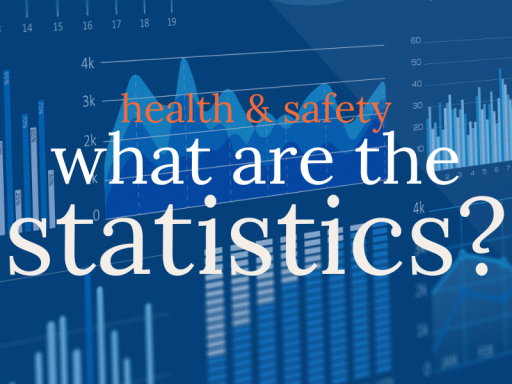The Health and Safety Statistics reported by the HSE, for 2021/22, reveal just how our workforce is coping with a multitude of work-related illnesses and injuries. Did you know that the estimated cost to the UK, of injuries and ill health from current working conditions, is £18.8 billion? And while this monetary cost is huge, the price we can pay from our quality of life is far greater.
However, there is good news! The rate of fatal and non-fatal injury to workers has shown a downward trend – so the work you are doing as business owners to create safer workplaces for you and your colleagues is making a difference.
Health and Safety is a must-do – there are no short-cuts and no substitute for expert advice. If you don’t know what you need to do to protect your team, ask us at What No Safety. We have the up-to-date knowledge of the regulations and legislation to ensure you don’t miss a thing, and our years of experience mean we can tailor our advice to your specific industry.
Want to know more about the bigger picture? Here are some excerpts from the Statistics report you might find interesting...
These are the key figures for Great Britain (2021/22) compiled by the HSE:
1.8 million working people suffering from a work-related illness, of which
- 914,000 workers suffering work-related stress, depression or anxiety
- 477,000 workers suffering from a work-related musculoskeletal disorder
- 123,000 workers suffering from COVID-19 which they believe may have been from exposure to coronavirus at work
- 2,544 mesothelioma deaths due to past asbestos exposures (2020)
- 123 workers killed in work-related accidents
- 565,000 working people sustained an injury at work according to the Labour Force Survey
- 61,713 injuries to employees reported under RIDDOR
- 8 million working days lost due to work-related illness and workplace injury
Key Facts Image Source - Health and safety at work: Summary statistics for Great Britain 2022, HSE

“In the recent years prior to the coronavirus pandemic, the rate of self-reported work-related stress, depression or anxiety had shown signs of increasing. However, the current rate is higher than the 2018/19 pre-coronavirus levels.” - Health and Safety Statistics, HSE
Workplace Injury

“Over the long-term, the rate of fatal injury to workers showed a downward trend though in the recent years prior to the coronavirus pandemic, the rate had been broadly flat. The current rate is broadly in line with pre-coronavirus levels. Prior to the coronavirus pandemic, the rate of self-reported non-fatal injury to workers showed a generally downward trend. The current rate is similar to the 2018/19 pre-coronavirus levels. Prior to the coronavirus pandemic, the rate of nonfatal injury to employees reported by employers showed a downward trend. The current rate is below the pre-coronavirus levels.” - Health and Safety Statistics, HSE
Industries

“Industries with statistically significantly higher rates of work-related ill health compared to the average rate across all industries were human health and social work and public administration and defence.
Agriculture, forestry and fishing, construction, accommodation and food service activities and wholesale and retail trade (including motor vehicle repair) had statistically significantly higher workplace injury rates compared to the average rate across all industries.” - Health and Safety Statistics, HSE
To explore further you can find the full Health and Safety Statistics document on the HSE website.
---
If you want to make sure you are covering all the important bases in your safety planning, get in touch with us – we’re happy to help.
abarrett@whatnosafety.co.uk | 01722 326 390 | www.whatnosafety.co.uk

